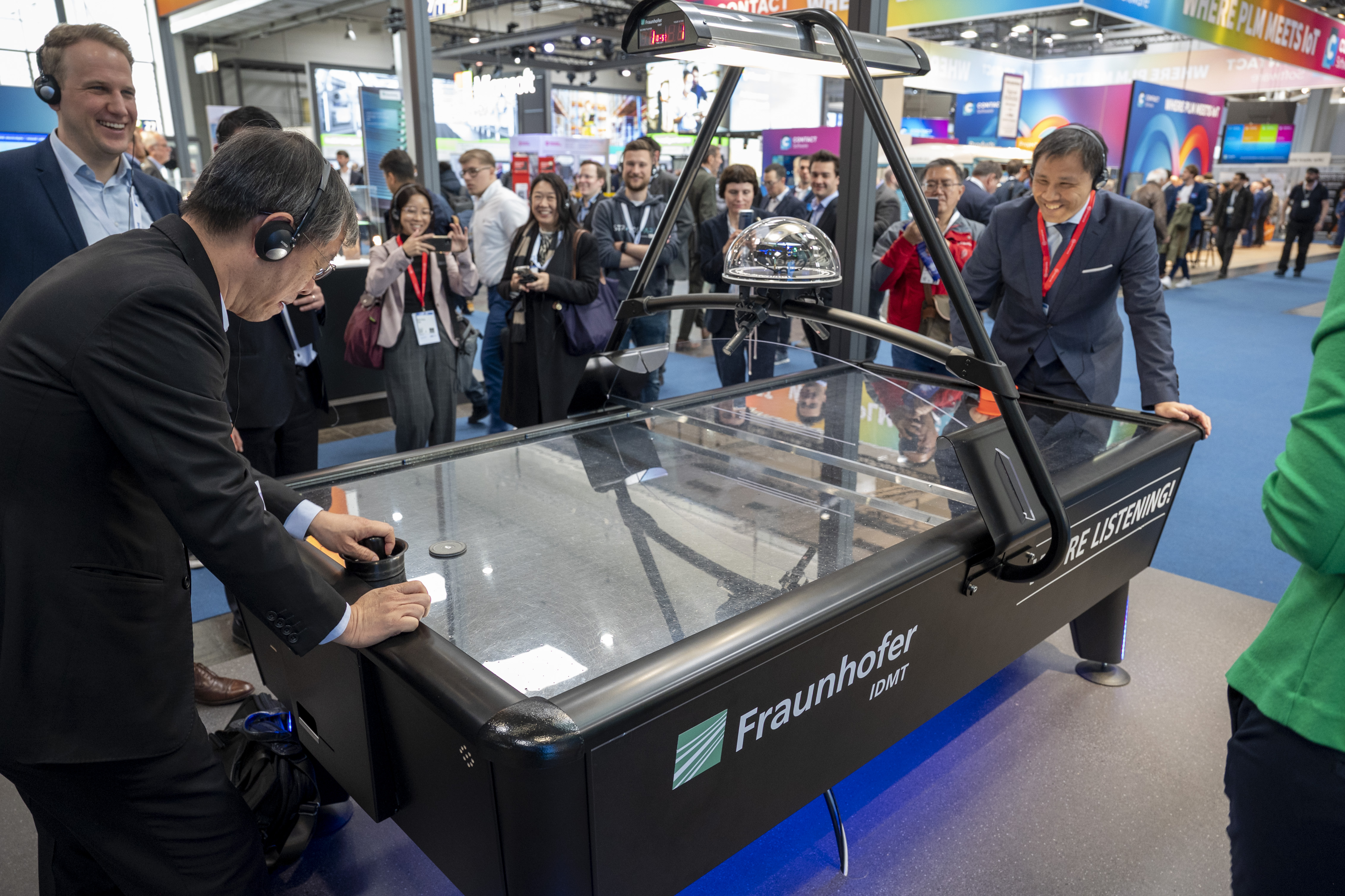Assuring quality, stabilizing processes, extending test method with acoustics
AI-based acoustic monitoring (amo) can provide great added value in process monitoring, in-line and end-of-line quality control of products, and predictive maintenance applications. In production, problems regarding unexpected machine downtime, production of bad or destroyed products, and low automation rates can be solved using amo.
With amo, we want to optimize the user's production, and with this non-destructive and non-contact testing method, stabilize processes, avoid recourse, and reduce faulty production. AI-based acoustic monitoring aims to be integrated into existing facilities in a minimally invasive way, adding value where optical monitoring methods, for example, reach their limits.
AI hears and classifies faults correctly
The successful application of this innovative test method has already been demonstrated in the in-line quality control of weld seams. Our scientists are currently conducting research on approaches for monitoring different manufacturing processes, including welding and machining. Expert knowledge of suitable sensor setups, sensor data fusion, processing of sensor data without connection to an external cloud, as well as energy-efficient AI models, play a significant role in all their approaches.
With our research, we want to shape the production of the future, avoid errors, use resources efficiently, and protect our environment.
 Fraunhofer Institute for Digital Media Technology IDMT
Fraunhofer Institute for Digital Media Technology IDMT